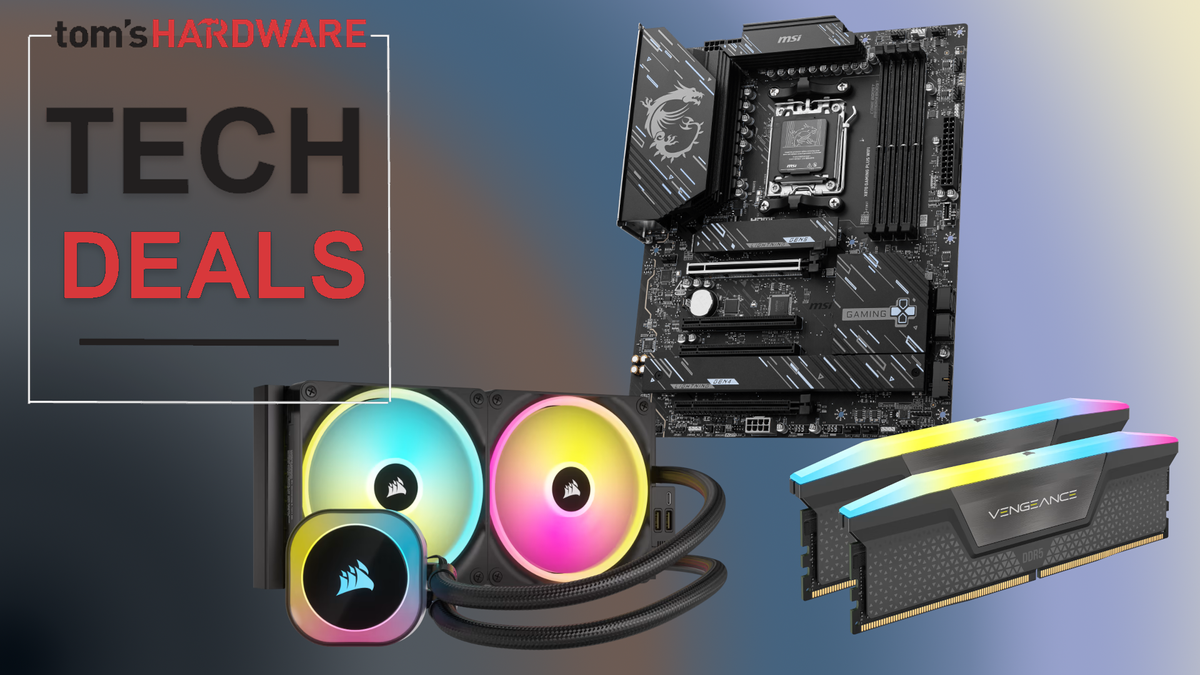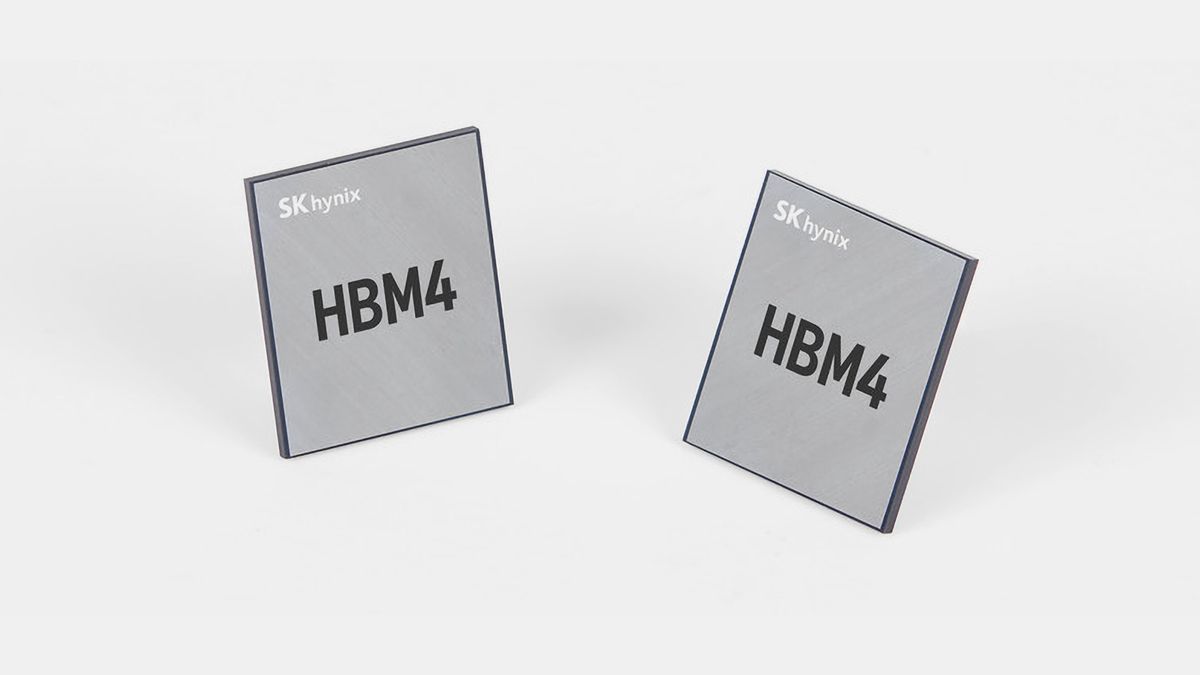Huawei has greenlit a plan to open-source its CANN software toolkit for its Ascend AI GPUs. According to the South China Morning Post, Huawei is making this move in order to better compete against Nvidia and its closed-source CUDA software ecosystem.
Open-sourcing CANN, or Compute Architecture for Neural Networks, could further speed up developer innovation and improve the usability of Huawei's Ascend AI GPUs. Furthermore, Huawei has reportedly already held talks with China's leading AI players, business partners, universities, and research institutions on how to build an open-sourced Ascend ecosystem.
CANN is a heterogeneous computing architecture that provides multi-layer programming interfaces to help users build AI applications tailored to Huawei's Ascend AI GPUs. At a high level, it's Huawei's version of CUDA, which provides the same interfaces for Nvidia GPUs.
Huawei's decision to open-source its CANN software kit could further enhance China's effort to build self-sufficiency from Western chipmakers and help incentivize developers to build software for its Ascend AI GPUs. The performance of those chips is catching up to Nvidia's Blackwell B-series GPUs in the right environment.
Nvidia is notorious for keeping its CUDA programming language a closed-off "moat" or "swamp", a trait that has been a key frustration for developers for years. CUDA is a tightly bound ecosystem that has very little support beyond Nvidia's own hardware, forcing developers to use Nvidia GPUs exclusively if they want to build software in CUDA.
There have been initiatives like ZLUDA that have attempted to bring CUDA functionality to other GPU vendors (through a translation layer), but they have largely been unsuccessful due to pushback by Nvidia. Nvidia banned the use of translation layers in 2024, starting with CUDA version 11.6.
Making CANN open-source could provide Huawei with an accelerated avenue to adoption for its homebrewed software toolkit. However, it will likely take years before CANN will approach the maturity of CUDA, which has been around for nearly 20 years and has been constantly updated since its release.
Get Tom's Hardware's best news and in-depth reviews, straight to your inbox.
Follow Tom's Hardware on Google News to get our up-to-date news, analysis, and reviews in your feeds. Make sure to click the Follow button.

 3 months ago
56
3 months ago
56





 English (US) ·
English (US) ·